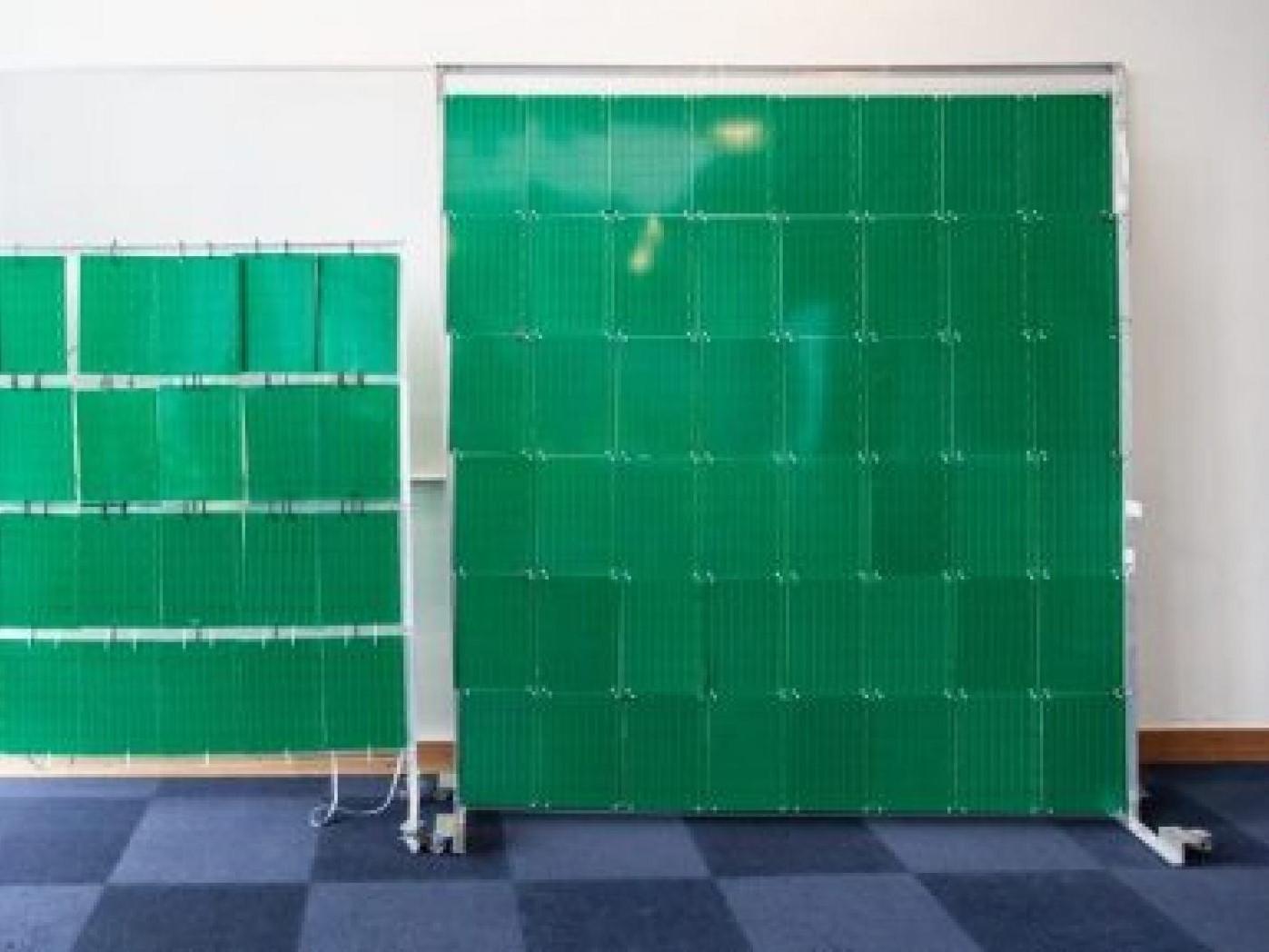Special wallpaper boosts WiFi signal by 10-times
RFocus system developed by MIT could transform smart homes

Your support helps us to tell the story
From reproductive rights to climate change to Big Tech, The Independent is on the ground when the story is developing. Whether it's investigating the financials of Elon Musk's pro-Trump PAC or producing our latest documentary, 'The A Word', which shines a light on the American women fighting for reproductive rights, we know how important it is to parse out the facts from the messaging.
At such a critical moment in US history, we need reporters on the ground. Your donation allows us to keep sending journalists to speak to both sides of the story.
The Independent is trusted by Americans across the entire political spectrum. And unlike many other quality news outlets, we choose not to lock Americans out of our reporting and analysis with paywalls. We believe quality journalism should be available to everyone, paid for by those who can afford it.
Your support makes all the difference.A "smart surface" that boosts WiFi and phone signal strength by 1,000 per cent has been developed by researchers at MIT.
The wallpaper-like system could replace bulky antennas and receivers currently used in homes and workplaces with poor wireless signals.
The team from MIT's Computer Science and Artificial Intelligence Laboratory (CSAIL) developed a prototype of the software-controlled surface, which uses more than 3,000 mini antennas to maximise the strength of the signal.
"The core goal here was to explore whether we can use elements in the environment and arrange them to direct the signal in a way that we can actually control," said MIT professor Hari Balakrishnan.
"If you want to have wireless devices that transmit at the lowest possible power, but give you a good signal, this seems to be one extremely promising way to do it."
The new system, referred to as RFocus, uses more antennas than any previous communication link but is relatively inexpensive, with each antenna costing only a few cents.
Researchers believe surfaces equipped with RFocus technology will prove most useful in smart homes within poor signal areas, as it is difficult to attach strong receivers to small internet-connected devices.
It is not the first time the concept of smart wallpaper has been proposed, with previous research focussing on how miniature electronics like speakers, microphones and sensors could be integrated into surfaces.
Future homes, factories and workplaces could conceivably incorporate a mix of these technologies to seamlessly assimilate devices into people's lives.
"Smart surfaces give us literally thousands of antennas to play around with," said Princeton University professor Kyle Jamieson, who was not involved in the RFocus project.
A new paper describing the RFocus system will be presented at the USENIX Symposium on Networked Systems Design and Implementation in Santa Clara, California, next month.
Join our commenting forum
Join thought-provoking conversations, follow other Independent readers and see their replies
Comments